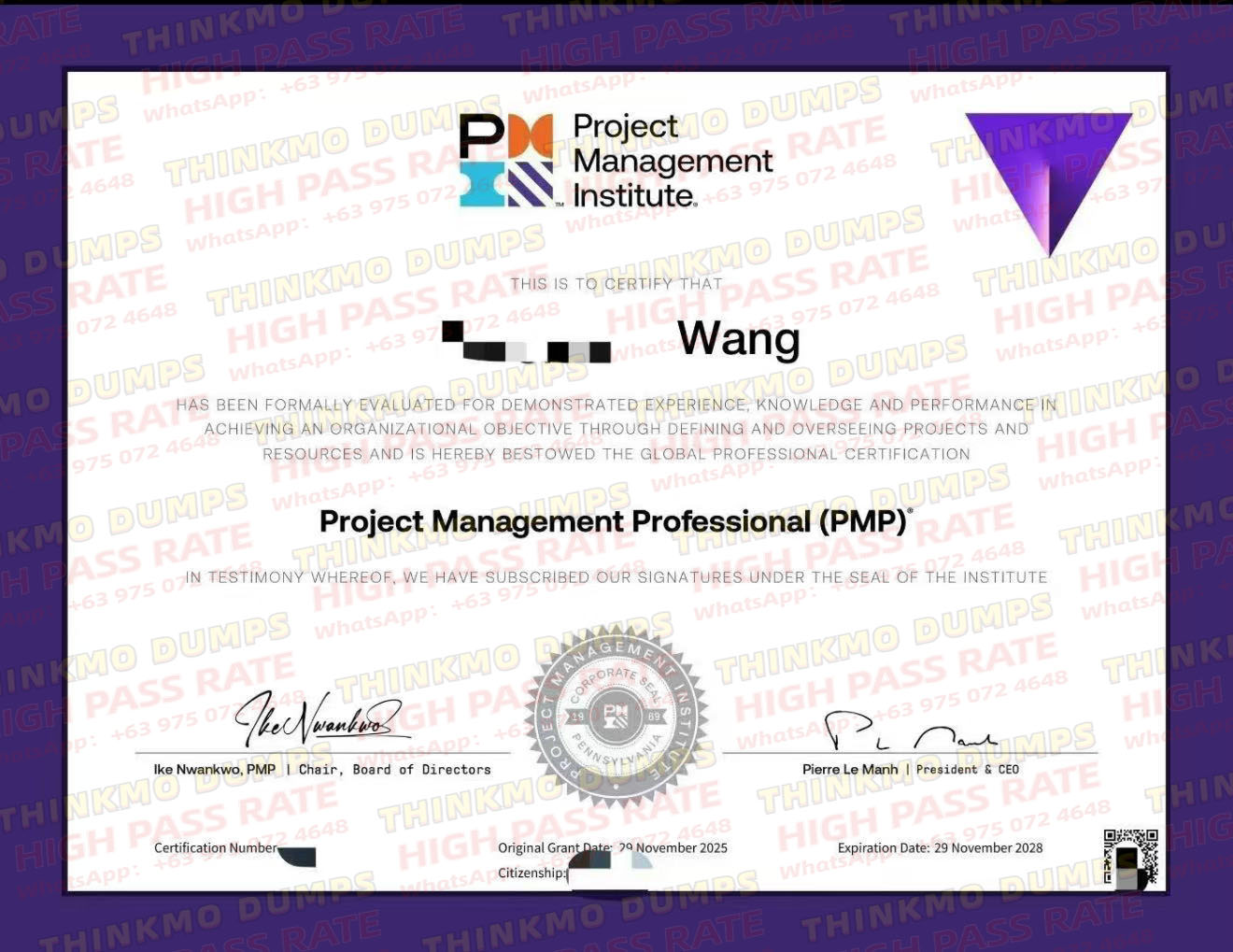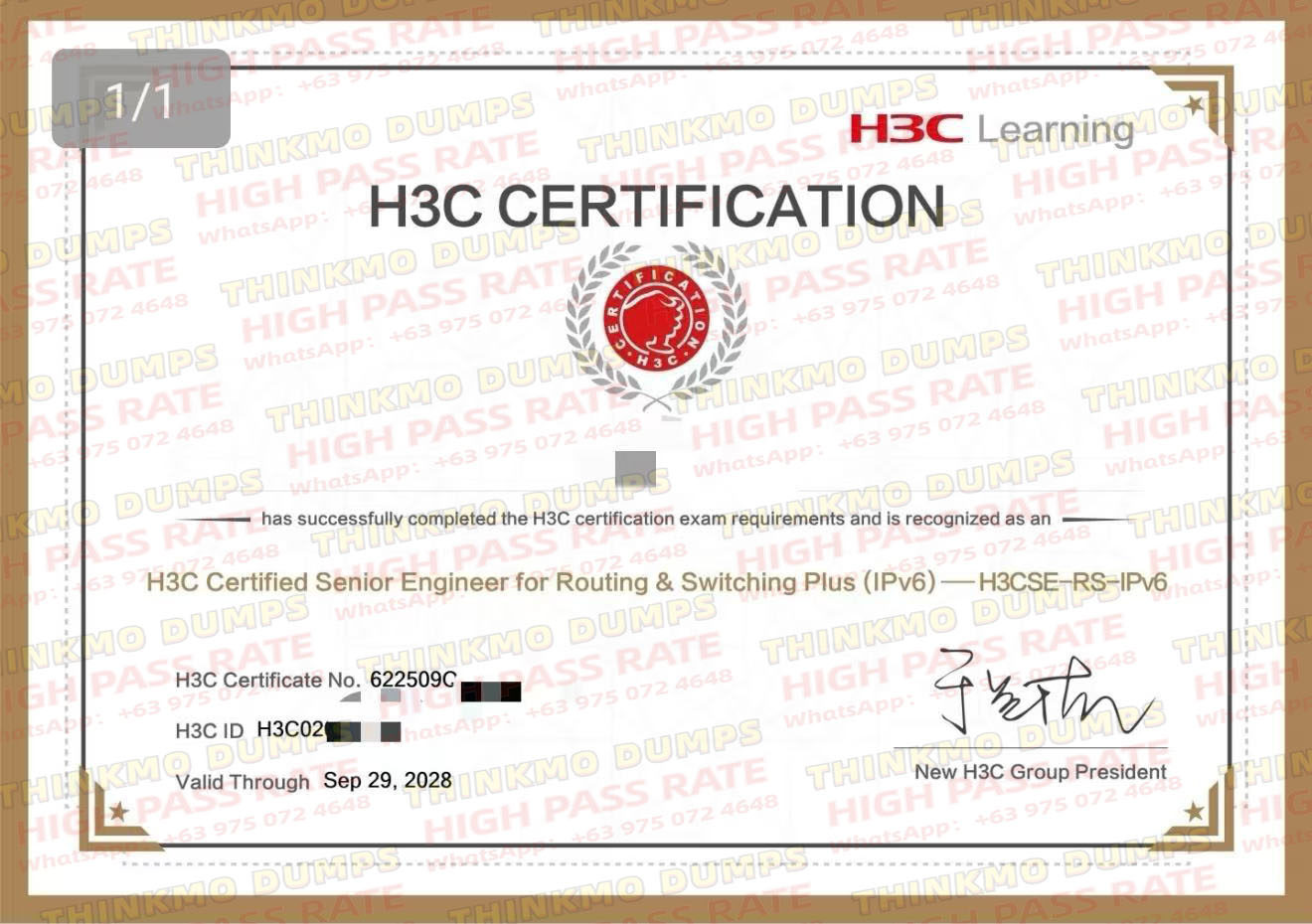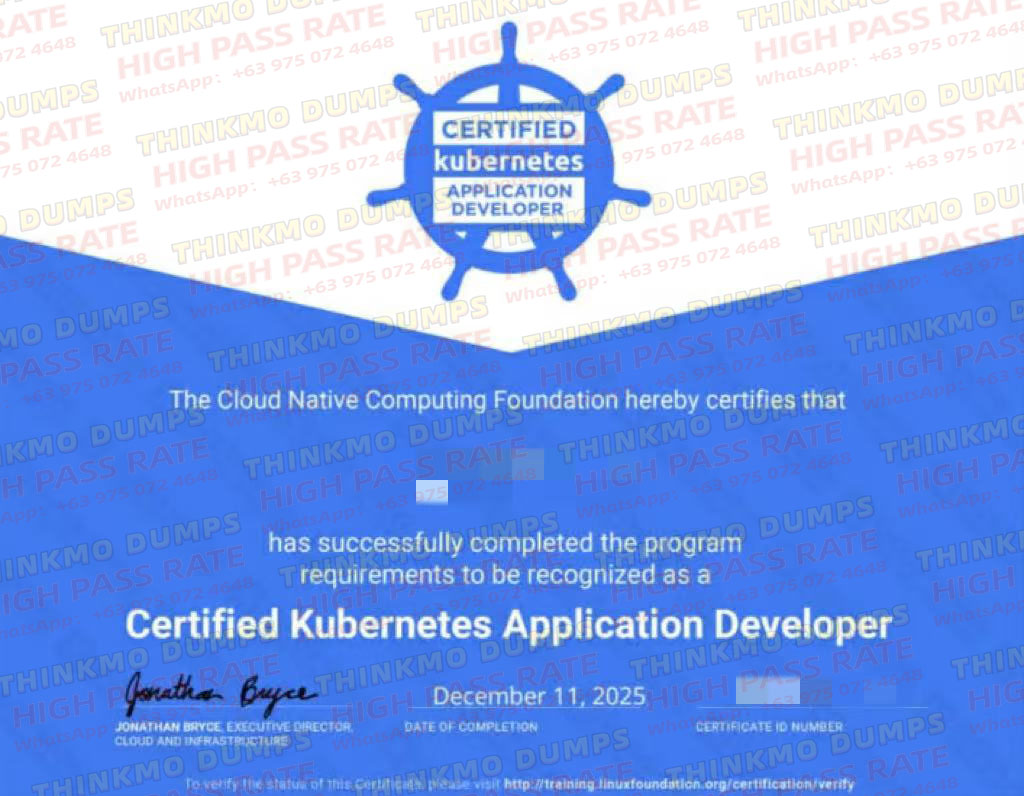What Does the HCIE Exam Cover?
Update time:2025-03-13
As the highest-level ICT technical expert certification in Huawei’s certification system, the HCIE (Huawei Certified Internetwork Expert) exam is both broad and in-depth. It comprehensively assesses candidates' ability to handle complex networking scenarios, aiming to identify true network technology elites. Many aspiring candidates are determined to pass the HCIE exam, but some may not fully understand its content. Below is a detailed breakdown of what the HCIE exam covers.

Two Main Parts: Written Exam & Lab Exam
The HCIE exam consists of two major parts: a written exam and a lab exam.
1. Written Exam: A Comprehensive Theoretical Test
The written exam is like a meticulously woven net that covers every corner of enterprise network architecture.
Enterprise Campus Network Planning & Deployment:
Candidates must master the art of IP address allocation. This is not just about assigning numbers—it requires considering the needs of different areas and departments within a campus network. The goal is to ensure sufficient address space while avoiding waste and reserving room for future expansion.
Contact me immediately to get the golden key helping you fast express your certificate.
WhatsApp:+63 975 072 4648
Network Topology Design:
Designing a stable and efficient network topology is crucial. Whether it’s star, tree, or mesh topology, each has its pros and cons. Candidates must determine the best combination to ensure high reliability and efficiency. The network should remain operational even if certain links fail, ensuring uninterrupted data transmission.
Wide Area Network (WAN) Technologies:
Technologies like MPLS VPN are tested. Candidates must not only understand the principles behind them but also know how to configure parameters appropriately between network nodes across different regions. The goal is to establish secure and efficient WAN connections for seamless enterprise communication.
Data Center Networking:
Understanding data center network architecture is fundamental. Candidates need to grasp server access methods—whether direct connection or switch cascading is more suitable. Additionally, knowledge of network virtualization technologies like VxLAN is crucial. VxLAN helps break traditional network boundaries, enhancing flexibility and scalability within data centers.
The written exam does not just require memorization but demands the ability to apply theoretical knowledge in real-world scenarios.
2. Lab Exam: A Hands-on Practical Test
The lab exam is a rigorous test of practical skills. Within a limited time, candidates must configure Huawei network equipment based on a given network scenario, demonstrating their hands-on expertise in a real-world environment.
Enterprise Network Construction & VLAN Configuration:
Candidates need to build a complex enterprise network and configure switches to implement VLAN segmentation—a critical component of network security and efficiency. Proper VLAN segmentation isolates broadcast domains, reducing security risks and enhancing performance.
Router Configuration & Traffic Optimization:
When configuring routers for inter-network communication, candidates must also implement routing policies to optimize network traffic.
The lab exam demands speed and accuracy. Only through extensive hands-on practice can candidates develop the proficiency required to pass.
Conclusion: A Path to Becoming an ICT Expert
The HCIE certification’s written and lab exams complement each other, thoroughly assessing both knowledge and practical ability. Success requires rigorous study and hands-on practice. Earning this prestigious certification is a significant milestone, paving the way for career growth and deeper expertise in networking. Those who achieve HCIE certification can confidently explore the vast world of network technology, continuously expanding their professional horizons.

Two Main Parts: Written Exam & Lab Exam
The HCIE exam consists of two major parts: a written exam and a lab exam.
1. Written Exam: A Comprehensive Theoretical Test
The written exam is like a meticulously woven net that covers every corner of enterprise network architecture.
Enterprise Campus Network Planning & Deployment:
Candidates must master the art of IP address allocation. This is not just about assigning numbers—it requires considering the needs of different areas and departments within a campus network. The goal is to ensure sufficient address space while avoiding waste and reserving room for future expansion.
Contact me immediately to get the golden key helping you fast express your certificate.
Network Topology Design:
Designing a stable and efficient network topology is crucial. Whether it’s star, tree, or mesh topology, each has its pros and cons. Candidates must determine the best combination to ensure high reliability and efficiency. The network should remain operational even if certain links fail, ensuring uninterrupted data transmission.
Wide Area Network (WAN) Technologies:
Technologies like MPLS VPN are tested. Candidates must not only understand the principles behind them but also know how to configure parameters appropriately between network nodes across different regions. The goal is to establish secure and efficient WAN connections for seamless enterprise communication.
Data Center Networking:
Understanding data center network architecture is fundamental. Candidates need to grasp server access methods—whether direct connection or switch cascading is more suitable. Additionally, knowledge of network virtualization technologies like VxLAN is crucial. VxLAN helps break traditional network boundaries, enhancing flexibility and scalability within data centers.
The written exam does not just require memorization but demands the ability to apply theoretical knowledge in real-world scenarios.
2. Lab Exam: A Hands-on Practical Test
The lab exam is a rigorous test of practical skills. Within a limited time, candidates must configure Huawei network equipment based on a given network scenario, demonstrating their hands-on expertise in a real-world environment.
Enterprise Network Construction & VLAN Configuration:
Candidates need to build a complex enterprise network and configure switches to implement VLAN segmentation—a critical component of network security and efficiency. Proper VLAN segmentation isolates broadcast domains, reducing security risks and enhancing performance.
Router Configuration & Traffic Optimization:
When configuring routers for inter-network communication, candidates must also implement routing policies to optimize network traffic.
The lab exam demands speed and accuracy. Only through extensive hands-on practice can candidates develop the proficiency required to pass.
Conclusion: A Path to Becoming an ICT Expert
The HCIE certification’s written and lab exams complement each other, thoroughly assessing both knowledge and practical ability. Success requires rigorous study and hands-on practice. Earning this prestigious certification is a significant milestone, paving the way for career growth and deeper expertise in networking. Those who achieve HCIE certification can confidently explore the vast world of network technology, continuously expanding their professional horizons.
Hot article
-
 1
1 ThinkMo Guide: Cisco & Huawei Certification Com
上传:2025-12-22
-
 2
2 Pass CCIE/CKA Exams with ThinkMo’s Top Question B
上传:2025-12-19
-
 3
3 Triple Win: Ace H3CSE with ThinkMo QBank & Trai
上传:2025-12-16
-
 4
4 Ace CKAD! Filipino Students' High Scores with Think
上传:2025-12-13
-
 5
5 Stable ThinkMo HCIE Q-Banks | 3-Track December Pass
上传:2025-12-11









